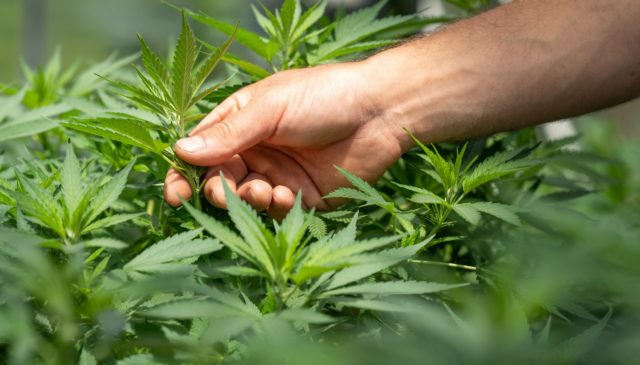
A new open label study [1] Research into the effects of cannabidiol-based (CBD) Epidiolex® for the treatment of Parkinson’s disease found the compound had beneficial effects in patients as CBD continues to be used to treat the disease despite fewer medical studies.
The study used 100 mg / ml Epidiolex for 10 to 15 days in participants with Parkinson’s disease. The dose was titrated from 5 to 20-25 mg / kg / day; For a 150 pound person, that’s roughly 340 mg up to 1,700 mg per day. In this study the dose ranged up to 3,460 mg / day.
A total of 10 participants reported a mix of side effects and benefits resulting from the treatment. Side effects included diarrhea, abdominal pain, headache, and increased appetite. Three other participants left the study due to an “intolerance” to treatment with Epidiolex. The authors state that diarrhea “could be related to sesame oil”. No adverse event was considered serious.
However, benefits were noted after 10 to 15 days, including improved motor function, night sleep, and behavior / emotional control. These benefits persisted for two weeks after discontinuation. The researchers speculate that the interactions of CBD with the Serotonin system and other non-cannabinoid signaling systems may be responsible. For example, CBD indirectly increases dopamine through the G-coupled protein receptor GPR6.
They quickly indicated that five patients had elevated liver enzymes, which they attribute to the high maximum dose. These and all other side effects resolved when CBD was discontinued.
Overall, the researchers concluded that CBD can have positive results in treating Parkinson’s. Randomized controlled trials will be needed to really determine its effectiveness in treating the disease. This is another positive development in studies looking at the effectiveness of CBD in treating a whole Variety of conditions, not just Parkinson’s.
References:
- Leehey MA et al. Safety and Tolerance of Cannabidiol in Parkinson’s Disease: An Open Dose Escalation Study. Cannabis and cannabinoid research. 2020; 5 (4): 326-336. https://doi.org/10.1089/can.2019.0068
Photo courtesy of CrystalWEED cannabis
